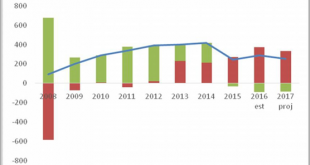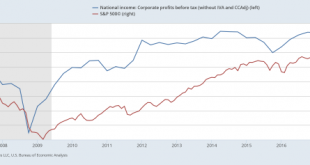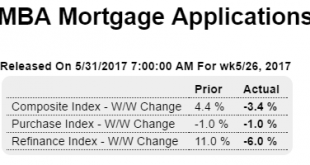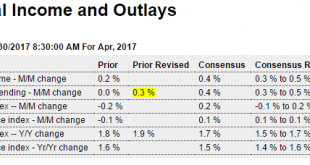Read More »
Where will global demand come from? (4 charts)
from C.P. Chandrasekhar and Jayati Ghosh For several decades, the US economy functioned as the principal agent of global demand, sucking in vast amounts of imports from the rest of the world as it built up vast current account deficits. Of course, it was easily able to finance these deficits with capital inflows, benefiting from its status as the holder of the only viable global reserve currency. But just as the US was able to make the rest of the world in effect pay for its own domestic...
Read More »What is Post Keynesian Economics?
from Lars Syll John Maynard Keynes’s 1936 book The General Theory of Employment, Interest, and Money attempted to overthrow classical theory and revolutionize how economists think about the economy. Economists who build upon Keynes’s General Theory to analyze the economic problems of the twenty-first-century global economy are called Post Keynesians. Keynes’s “principle of effective demand” (1936, chap. 2) declared that the axioms underlying classical theory were not applicable to a...
Read More »Intellectual property is real money
from Dean Baker In the last four decades, US policymakers have taken major steps to strengthen and lengthen patents, copyrights, and other forms of intellectual property (IP). The normal duration of patents and copyrights have been extended, and patents have been expanded to cover life forms, software, and business methods. This strengthened IP regime has been supported by both political parties and has gone largely unquestioned in public debate. That’s unfortunate, because there is an...
Read More »Small Pieces of Academia
I’ve recently stumbled on a twitter account called New Real Peer Review. The twitter account is largely (but not entirely) dedicated to posting abstracts of journal articles and links to the papers. Here’s one such abstract: This article explores the formation of a tranimal, hippopotamus alter-ego. Confronting transgender with transpecies, the author claims that his hippopotamus “identity” allowed him to (verbally) escape, all at once, several sets of...
Read More »Bottom line
from David Ruccio The business press is having a hard time figuring out this one: the combination of unrelenting drama in and around Donald Trump’s White House and the stability (signaled by the very low volatility) on Wall Street. As CNN-Money notes, One of the oldest sayings on Wall Street is that investors hate uncertainty. But that adage, much like other conventional wisdom, is being challenged during the Trump era. Despite enormous question marks swirling around the fate of President...
Read More »Mortgage purchase applications, ISM Chicago, Pending home sales, Vehicle sales
Another down week but still a bit higher than last year. But actual loan growth is far lower than last year: Trumped up expectations coming down: Highlights Business growth is slowing in the Chicago area with weakness appearing in orders. The May PMI of 55.2, though down more than 3 points in the month, is still very solid but new orders slowed abruptly in the month to a 4-month low with backlog orders in contraction for a sixth straight month. Employment is flat and...
Read More »Chicago economics — a dangerous pseudo-scientific zombie
from Lars Syll Every dollar of increased government spending must correspond to one less dollar of private spending. Jobs created by stimulus spending are offset by jobs lost from the decline in private spending. We can build roads instead of factories, but fiscal stimulus can’t help us to build more of both. This form of “crowding out” is just accounting, and doesn’t rest on any perceptions or behavioral assumptions. John Cochrane What Cochrane is reiterating here is nothing but Say’s...
Read More »Personal income and spending, consumer confidence, small business hires, gone mainstream…
As expected with prior month’s spending revised up .2. Annual growth rates still not looking so good, as per the charts: Highlights April was mostly a favorable month for the consumer who benefited from strong wage gains, kept money in the bank, and was an active shopper at least compared to the first quarter. Consumer spending opened the second quarter with an as-expected 0.4 percent gain with strength in durables spending, including vehicles, offsetting another subpar...
Read More »Europe’s third alternative: leapfrogging Putin
from Robert Locke One big problem in orthodox economics is the inability of its market orientation to cope with strategic implications of economic and political geography. I pointed that out in an article published in the rwer (“Reassessing the basis of economics: from Adam Smith to Carl von Clausewitz,” #61, 26.09.2012, 100-114), to which nobody responded. But the issue won’t go away and is especially pertinent today, because of the uproar caused by Trump’s failure to support the...
Read More » Heterodox
Heterodox






